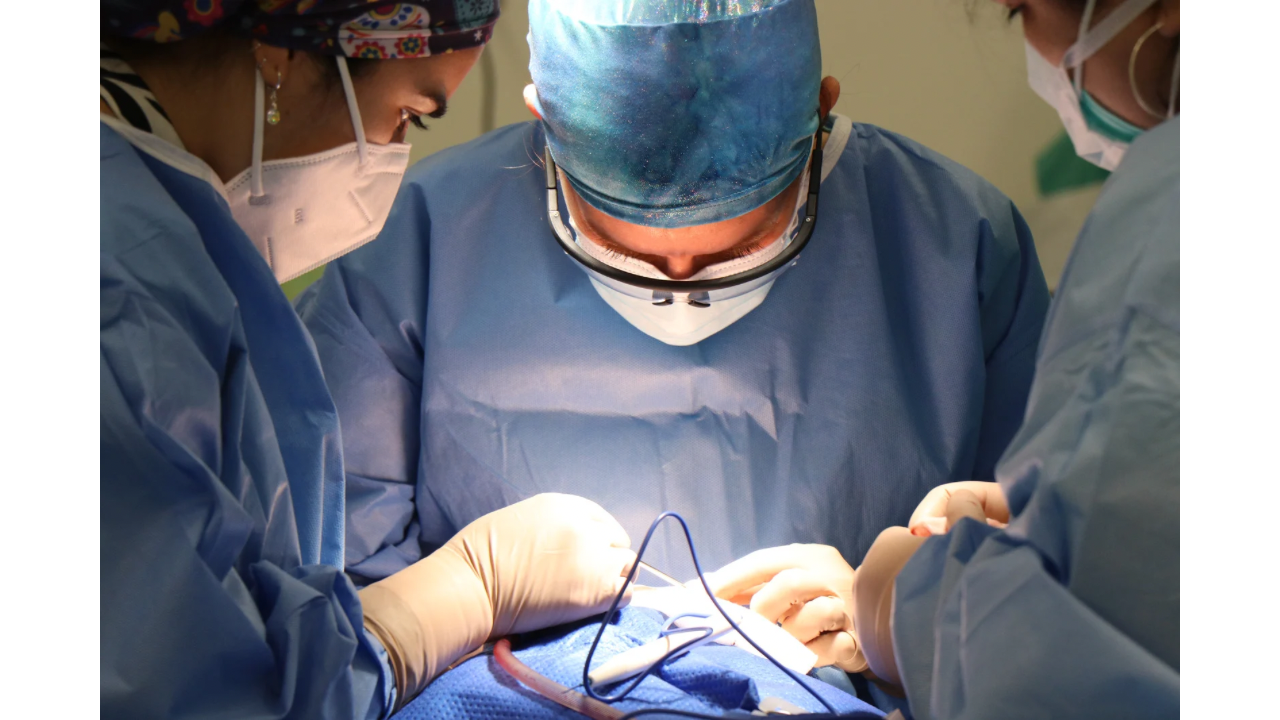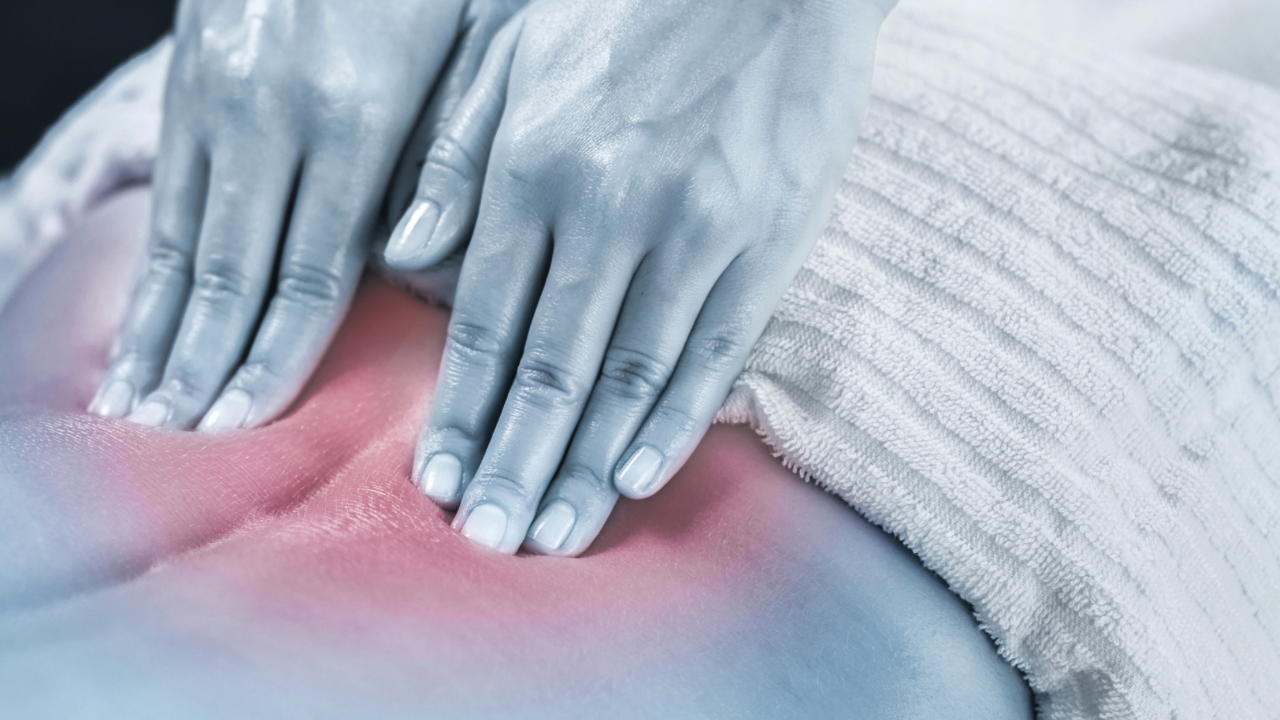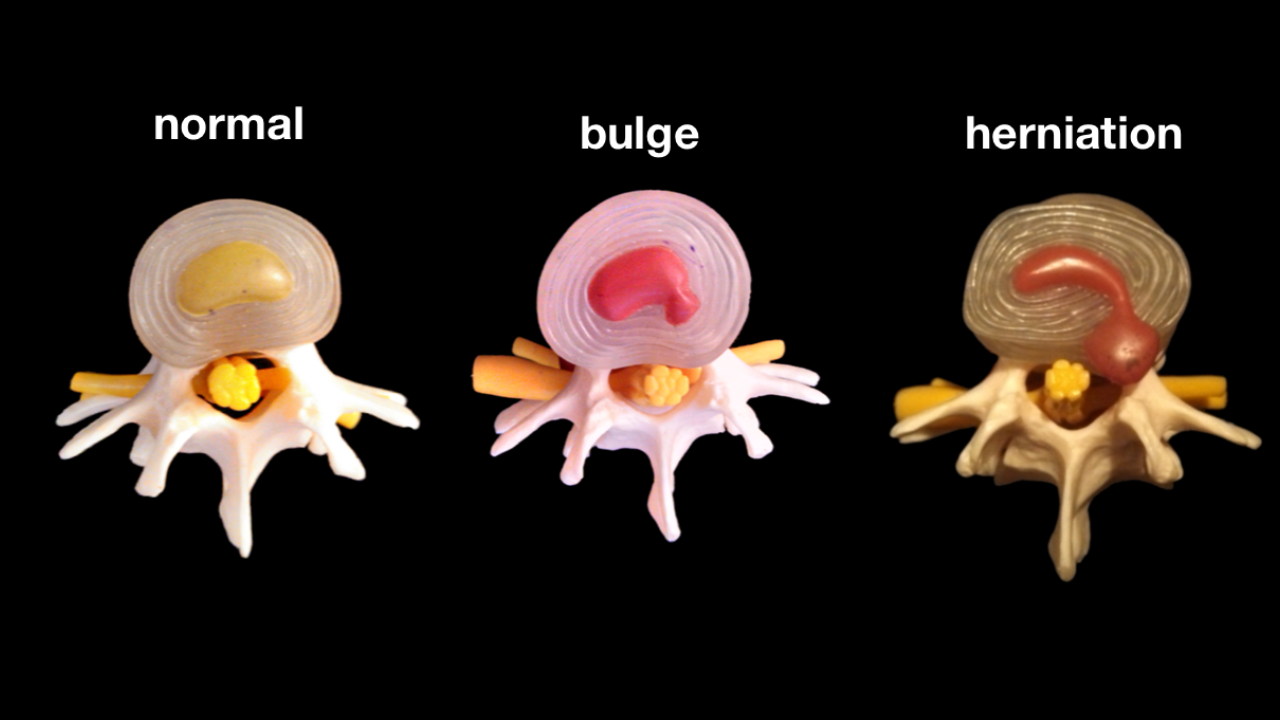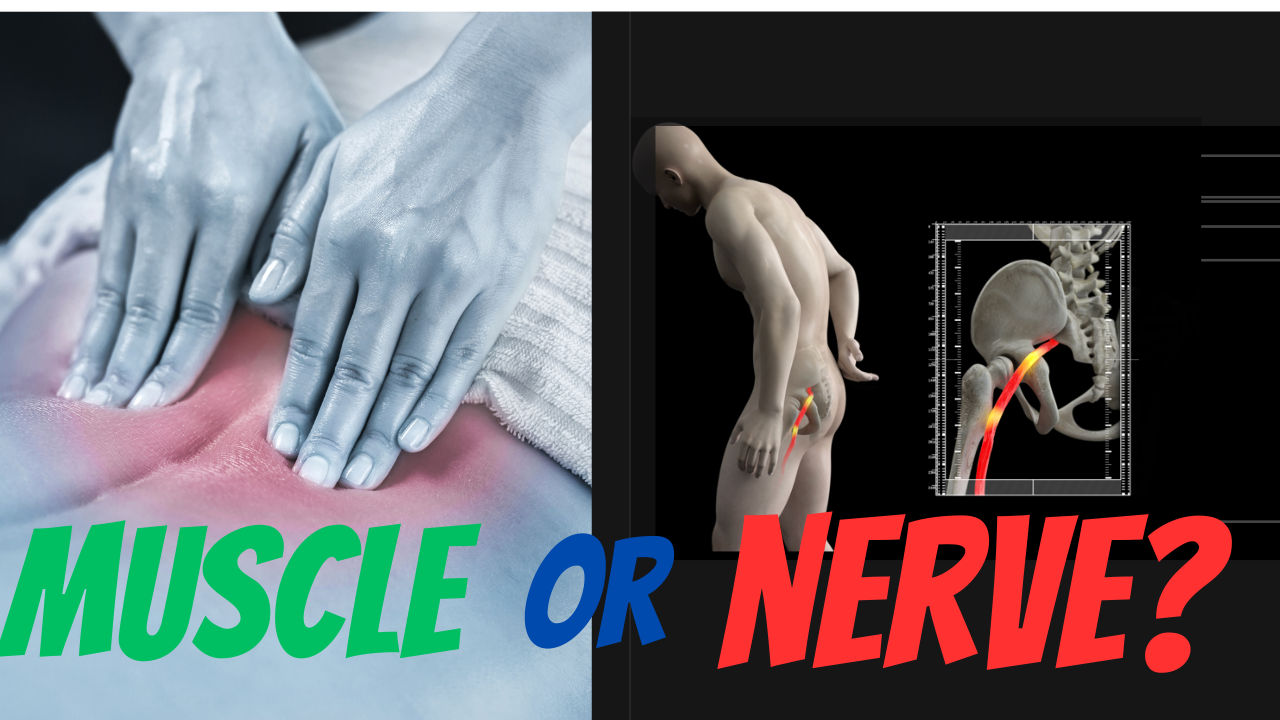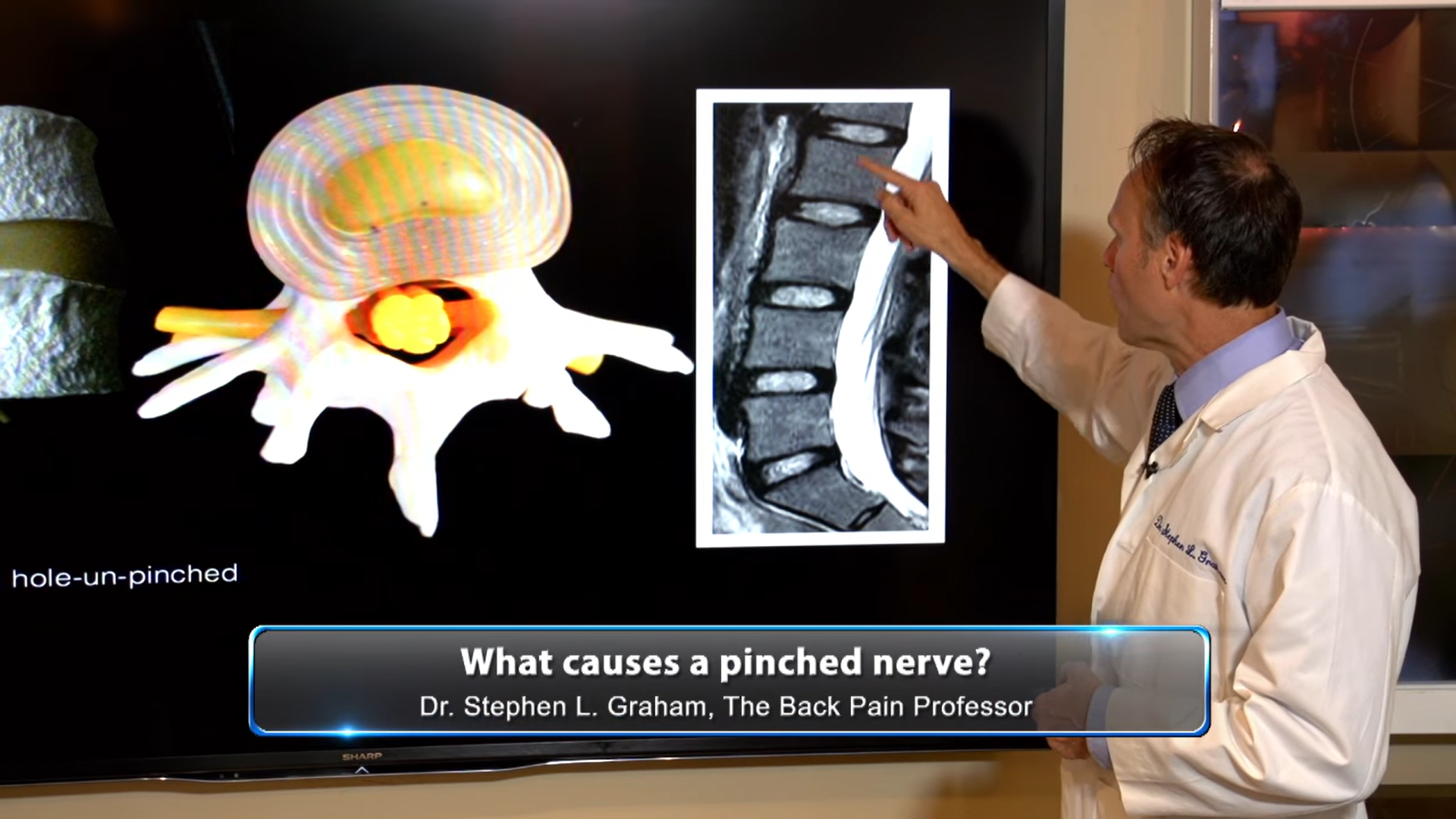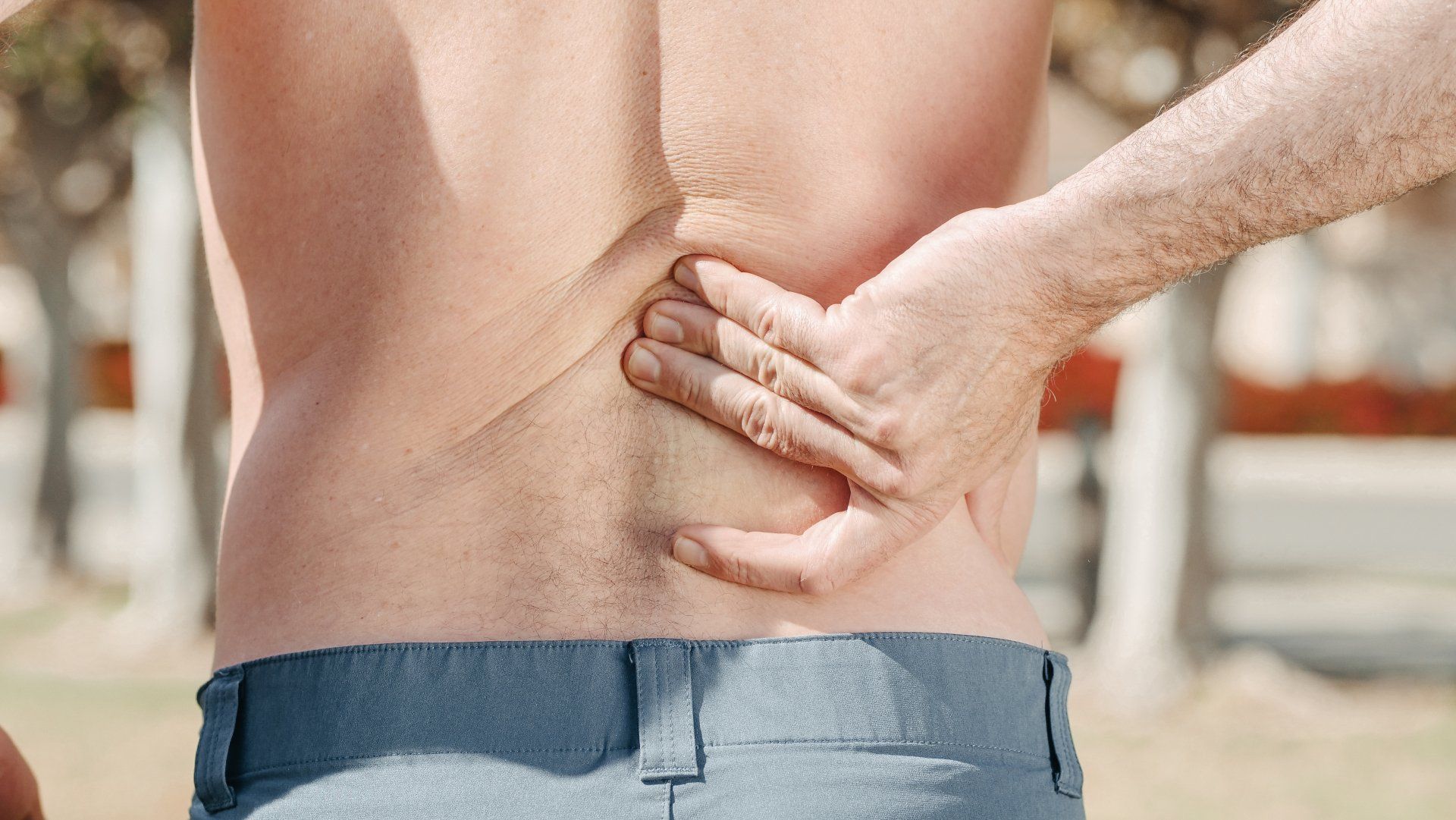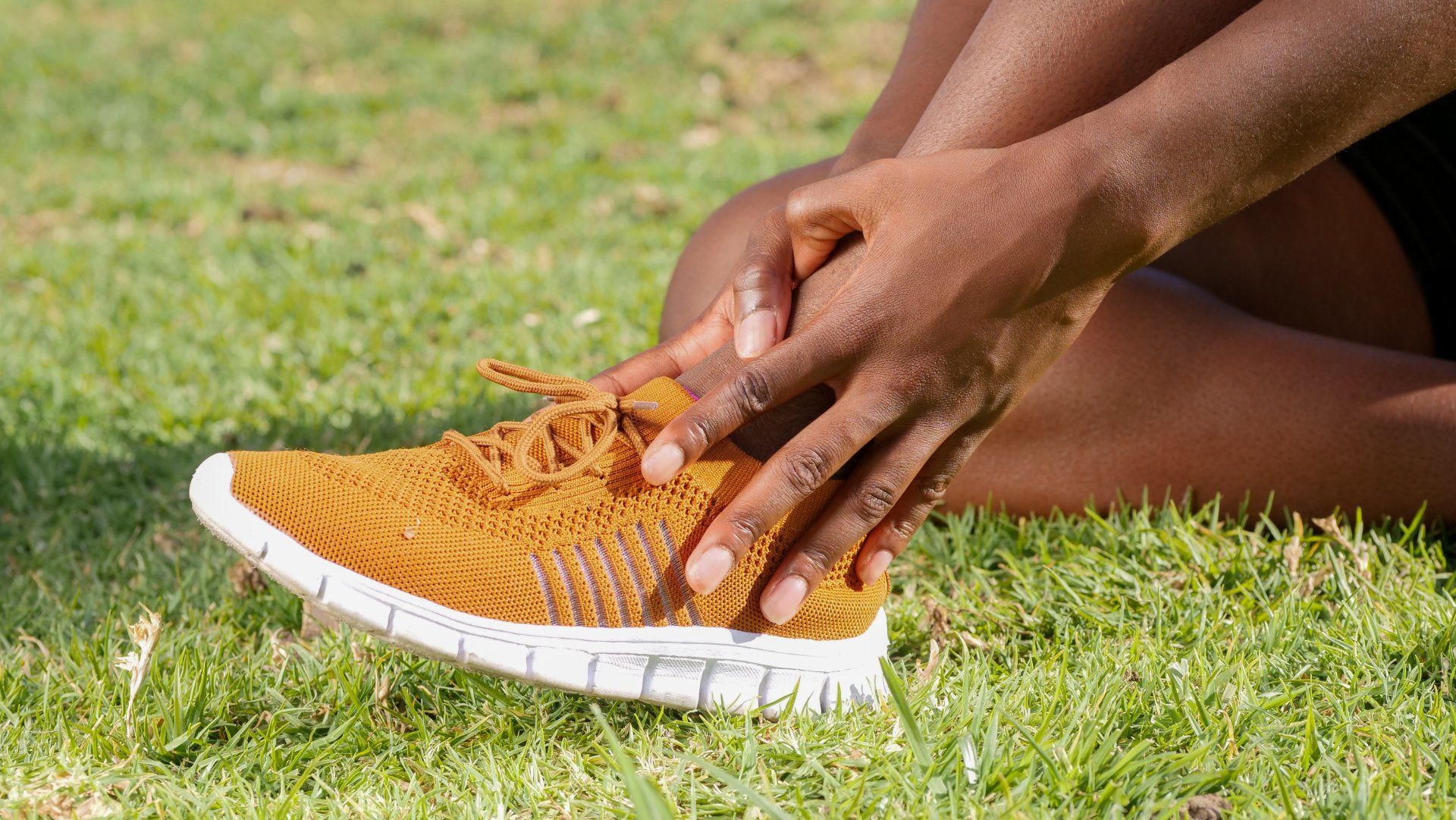Best Cervical Pillows for Alignment and Comfort
4 Great Pillows
When it comes to finding the best cervical pillows for postural alignment and comfort, the goal is to select options that support the natural curvature of your neck, keep your spine aligned, and provide a comfortable sleep experience. Based on widely available information and expert insights, here are some top contenders that stand out for their design, materials, and ability to cater to various sleep styles. These recommendations focus on pillows known for promoting cervical alignment while ensuring comfort, without relying on unverified claims.
- Tempur-Pedic TEMPUR-Neck Pillow
- Why it’s great: This pillow is made from Tempur’s proprietary memory foam, which is firm yet moldable, contouring to your head and neck for personalized support. Its ergonomic, contoured shape is designed to follow the natural curve of your cervical spine, making it a favorite for back and side sleepers.
- Postural Alignment: The bolstered lower edge targets neck support, helping maintain neutral spinal alignment and reducing strain on tense muscles.
- Comfort: The slow-moving foam offers a balance of firmness and cushioning, though it might feel too rigid for some stomach sleepers.
- Considerations: Available in multiple sizes and loft options (3.5 to 4.75 inches), it’s adaptable to different body types. Some users note it retains heat, but a cooling cover option is available.
- Core Products Tri-Core Cervical Pillow
- Why it’s great: This orthopedic pillow features a trapezoidal center and two different-sized bolsters, allowing you to customize neck support based on your preference or sleep position.
- Postural Alignment: The concave center cradles your head while the bolsters support your neck, keeping your spine aligned whether you sleep on your back or side. It’s particularly praised for easing "tech neck" symptoms caused by poor posture.
- Comfort: Made from firm fiber fill, it’s supportive yet allows slight movement, which feels natural for back sleepers. Side sleepers also find it accommodating due to its raised edges.
- Considerations: It comes in multiple sizes and may take a few nights to adjust to, especially if you’re used to softer pillows.
- Osteo Cervical Pillow
- Why it’s great: This memory foam pillow has a butterfly-shaped design with a central divot that cradles your head and gently stretches your neck.
- Postural Alignment: The contoured shape supports the cervical curve, encouraging proper alignment for side and back sleepers. It includes a removable insert to adjust height, adding versatility.
- Comfort: The medium-firm foam contours well without being too stiff, though combination sleepers might find it less adaptable when switching positions.
- Considerations: Some users report a slight chemical odor initially, which fades over time, and it’s not ideal for stomach sleepers due to its shape.
- Purple Harmony Pillow
- Why it’s great: Featuring a Honeycomb GelFlex Grid layer over latex filling, this pillow combines responsiveness with cooling properties.
- Postural Alignment: The medium-firm feel and adjustable loft options (5.5 to 7.5 inches) help keep your head and neck aligned with your spine, especially for side sleepers needing extra height.
- Comfort: The latex provides a bouncy yet supportive feel, and the grid disperses heat, making it ideal for those who sleep hot.
- Considerations: It’s pricier than some options, and stomach sleepers might find the loft too high even at its lowest setting.
- Rolyan Sleeprite Posture Memory Pillow
- Why it’s great: This contoured memory foam pillow offers two lobe sizes for adjustable support, catering to both back and side sleepers.
- Postural Alignment: It’s designed to restore the neck’s natural curve, supporting the cervical spine and reducing pressure on joints and muscles. The larger lobe increases support, while the smaller one suits lighter adjustments.
- Comfort: Covered with a soft memory foam layer, it cradles your head and neck gently, and the removable, washable cover adds practicality.
- Considerations: It’s latex-free and compact (12” x 17”), but some may find it less versatile for stomach sleeping.
Key Factors to Consider:
- Sleep Position: Back sleepers benefit from medium lofts (3-5 inches) with cervical contours, side sleepers need higher lofts (4-6 inches) for shoulder-to-neck alignment, and stomach sleepers should opt for flatter, softer options (under 3 inches), though few cervical pillows cater to this position.
- Material: Memory foam is a popular choice for its contouring ability, while latex offers bounce and breathability. Avoid feather pillows if you need firm support, as they tend to compress over time.
- Adjustability: Pillows with customizable height or dual-sided designs (like the Tri-Core or Sleeprite) allow you to fine-tune support for optimal alignment.
- Comfort Features: Look for breathable covers or cooling tech if you overheat, and prioritize a firmness that feels supportive yet cozy to you.
These pillows are widely recognized for balancing postural alignment and comfort, based on their ergonomic designs and user feedback. Since personal preference plays a big role, trying a pillow with a trial period (like those offered by Purple or Tempur-Pedic) can help ensure it fits your needs. If you’re dealing with chronic pain or specific conditions like cervical spondylosis, consulting a healthcare professional alongside testing these options might refine your choice further.
More Graham Chiropractic Blogs
